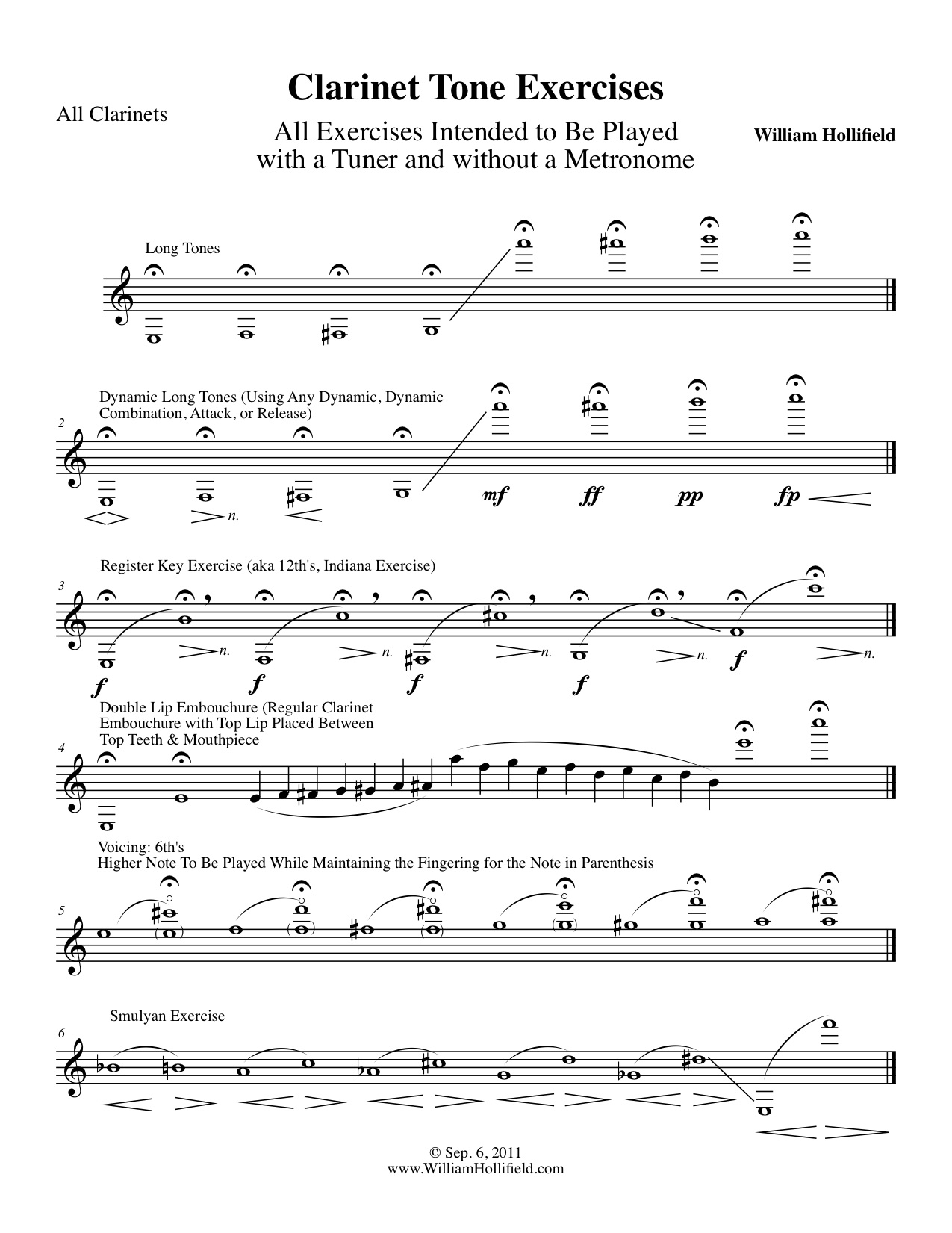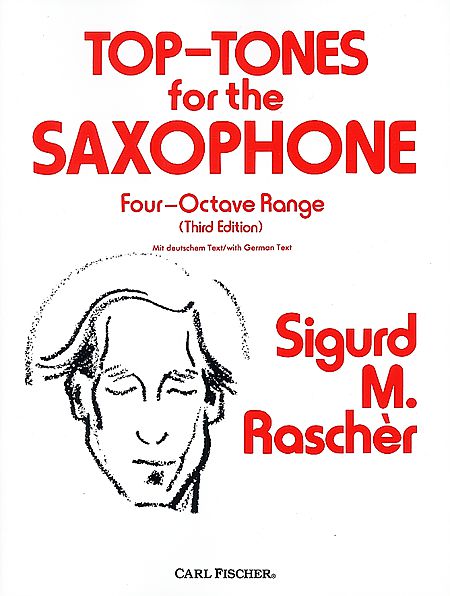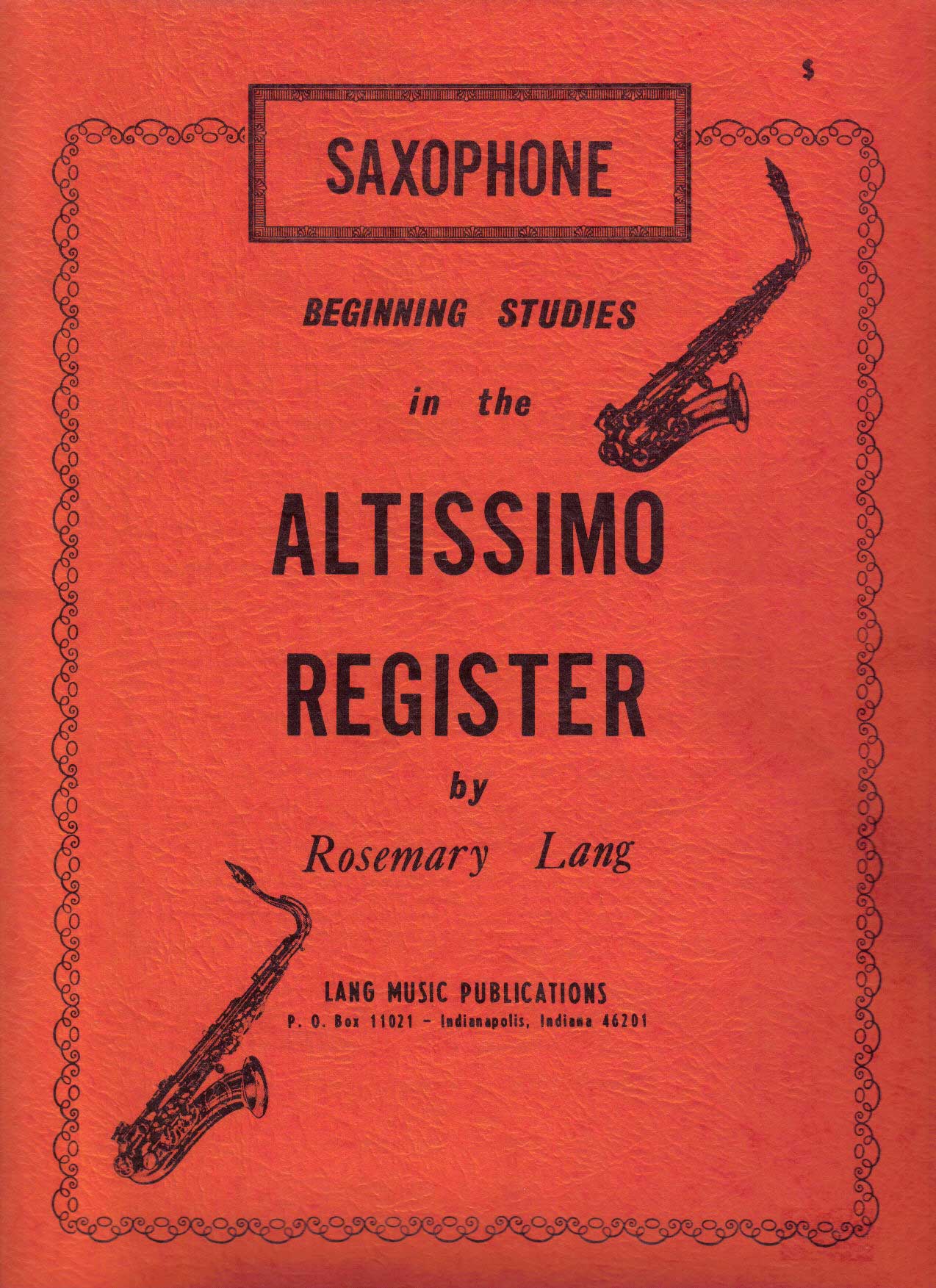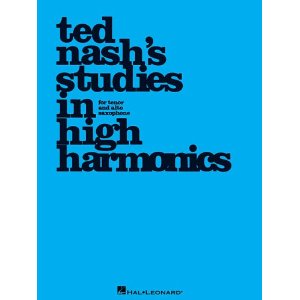Hit It, Then Learn How to Aim -- The Misconception in Early Tone Development of New Saxophonists
/After the first few lessons with a new student, inevitably they come in frustrated saying that their band director told them that they (and the entire sax section) are playing too loud. I tell them to calm down and do what their band director tells them. Then we talk about the “Why” and “How” of dynamics. And, in my opinion, band directors often seem to get it wrong when it comes to tone and dynamics with their saxophone section more than any other. I admit that I have, and I like, a louder sound. This doesn’t mean I can’t or don’t want to play soft, but I prefer to have, and believe musicians need, a sound that projects. I recently attended a master class with Jeff Coffin here in Atlanta and heard him talk about this very thing. (Disclaimer: I’m certainly not comparing myself to Jeff Coffin). Think about any time you’ve been to watch young kids play instruments in a group. Cousins’, brother’s, sister’s, niece’s, nephew’s concerts in their school gym. It wasn’t very loud was it? When you have new musicians on Flutes, Clarinets, Trumpets, Trombones, Bassoons, basically any instrument that’s not Saxophone, these instruments are not naturally loud for a beginning musician. While air production is consistent from instrument to instrument, it takes a lot of training of embouchure muscles to get a sound that projects on many of these instruments. The exact opposite is true of Saxophone.
Saxophone doesn’t require a muscular embouchure, at least if you follow the teachings of Joe Allard or possibly even Larry Teal. After embouchure, the only thing left is air production. This is where band directors fall into a trap without knowing it: Saxophonists have to first learn how to control their air and support their sound. This usually means putting LOTS of air into the horn. I equate it with the first time I hit a correct backhand in tennis. The instructor showed us how you have to hit through the swing. The first time anyone hits the tennis ball with the correct form, the ball goes over the fence and into the parking lot. We then were told to keep the form but to try and aim more accurately. THAT’S WHAT HAS TO HAPPEN WITH SAXOPHONE!! So many directors are interested in immediate balance and huge volume changes that young saxophonists do not have the capability to do well. Instead, everyone in the section bites down and backs off on air. This results in pitch and tone quality issues which is why their saxes sound so ‘bright’ or ‘tinny’, why they can’t articulate with speed and accuracy, and why they can’t play in the upper register or lower register, let alone play these registers in tune. Worst of all, the students learning the instrument are developing terrible habits and having a lousy time since they can’t play what’s on the page. It’s like giving a pointillist painter a roller to use and then telling them just to paint lighter. If you don’t have the proper base, in this case air control, you can’t start practicing subtlety.
My Advice: To get a great sounding sax section, students should start by doing overtones (the saxophone version of the brass section’s ‘lip trills’, although a very a different exercise). Then introduce dynamic long tones. And, directors and teachers, don’t worry about getting the right balance the first couple of months. Let the students build the warm, lush sound that the saxophone has, then teach them ‘how to aim’.




















